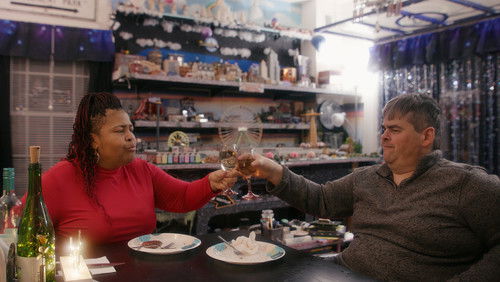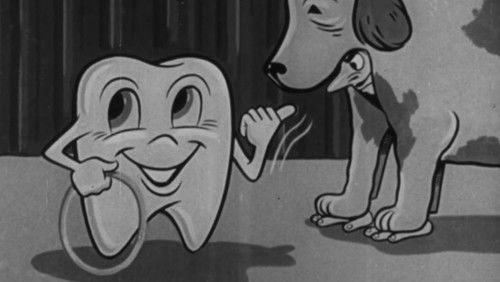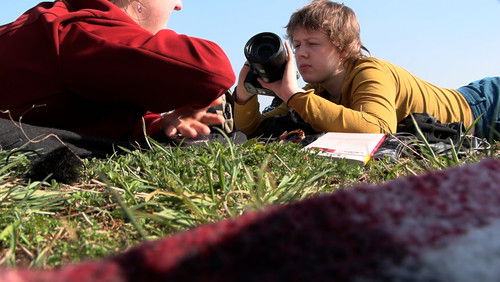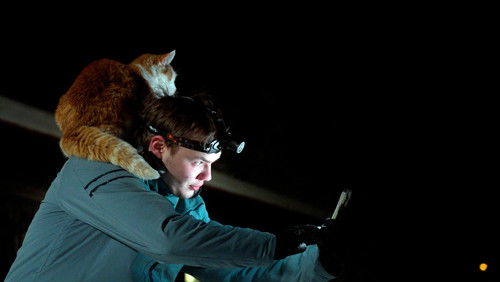Carol Doda Topless at the Condor (2023)
67KCarol Doda Topless at the Condor (2023). 1h 40m | R
“Greetings again from the darkness. Co-directors Marlo McKenzie and Jonathan Parker have teamed up for one of the most u0026#39;revealingu0026#39; documentaries youu0026#39;ll ever watch. OK, all I can do is try my best to minimize the use of puns and double entendre as the review progresses. But that wonu0026#39;t be easy as the filmmakers strip away the excess and serve up a bouncy peek at one of the more influential figures driving cultural change in San Francisco during the 1960u0026#39;s.u003cbr/u003eu003cbr/u003eCarol Doda became famous for more than two reasons. She was the first topless dancer in the Bay Area, and was so popular her name was a permanent fixture on the neon sign at the Condor Club in North Beach. Archival footage and photographs are used to take us back sixty years to 1964 when multiple battles were being fought: the Vietnam war, the Civil Rights Movement, and Feminism. The film uncovers Carolu0026#39;s transition from spirited cocktail waitress to featured stage go-go dancer to, ultimately, the main attraction. She would make her much-anticipated entrance as a baby grand piano descended from the ceiling, slowly revealing a topless Carol Doda dancing on the instrument. She was truly a popular tourist attracting in San Francisco, second only to the Golden Gate Bridge.u003cbr/u003eu003cbr/u003eInterviews are conducted with surviving dancers, staff, and club owners. The admiration these folks have for Carol is impressive. Her mounds of courage at being the first topless dancer is obvious, and her gut-feeling for what was entertaining demands respect. We see in her interviews just how lovely, charismatic, and playful she was – always with a quip about her assets. The filmmakers also tie in Carol and others to the dance and song inspired by u0026quot;The Swimu0026quot;, ultimately recorded by Bobby Freeman. We also get a history lesson on u0026#39;the Monokiniu0026#39;, a topless swimsuit designed by Rudi Gernreich, as well as Carolu0026#39;s acceptance of silicone injections. She viewed this as a marketing necessity as these took her from a 34B to a 44DD, allowing for a competitive advantage. The 1964 Republican Convention at the Cow Palace featuring Barry Goldwater is discussed, as are Condor Club regulars such as Liberace and Walter Cronkite, and Carolu0026#39;s relationship with Frank Sinatra.u003cbr/u003eu003cbr/u003eHistorically speaking, prior to WWII, womenu0026#39;s legs (Betty Grable, Betty Boop) were featured as the sexual attraction for men, while afterwards, attention shifted a bit higher thanks to Marilyn Monroe, Jayne Mansfield, and others. It was Carol Doda who capitalized on this trend with her live performances. We learn of the influence of her manager, Davey Rosenberg, and how, as they do, times shifted yet again, causing Carol to adapt to the times (bottomless), even as she aged. Very little of Carolu0026#39;s personal life is covered here, though most admit they found her to be a bit of a loner, focused mostly on her career. I was a bit disappointed that Carolu0026#39;s appearance in Bob Rafelsonu0026#39;s movie with The Monkees, HEAD (1968) wasnu0026#39;t mentioned, but overall this is anything but a bust … instead a worthy history lesson and a lovely tribute to a woman who made her own way, despite the backlash from the feminist movement – those who should have been applauding her entrepreneurial spirit.u003cbr/u003eu003cbr/u003eOpening in limited theaters on March 22, 2024 and expanding to more cities on March 29.”









